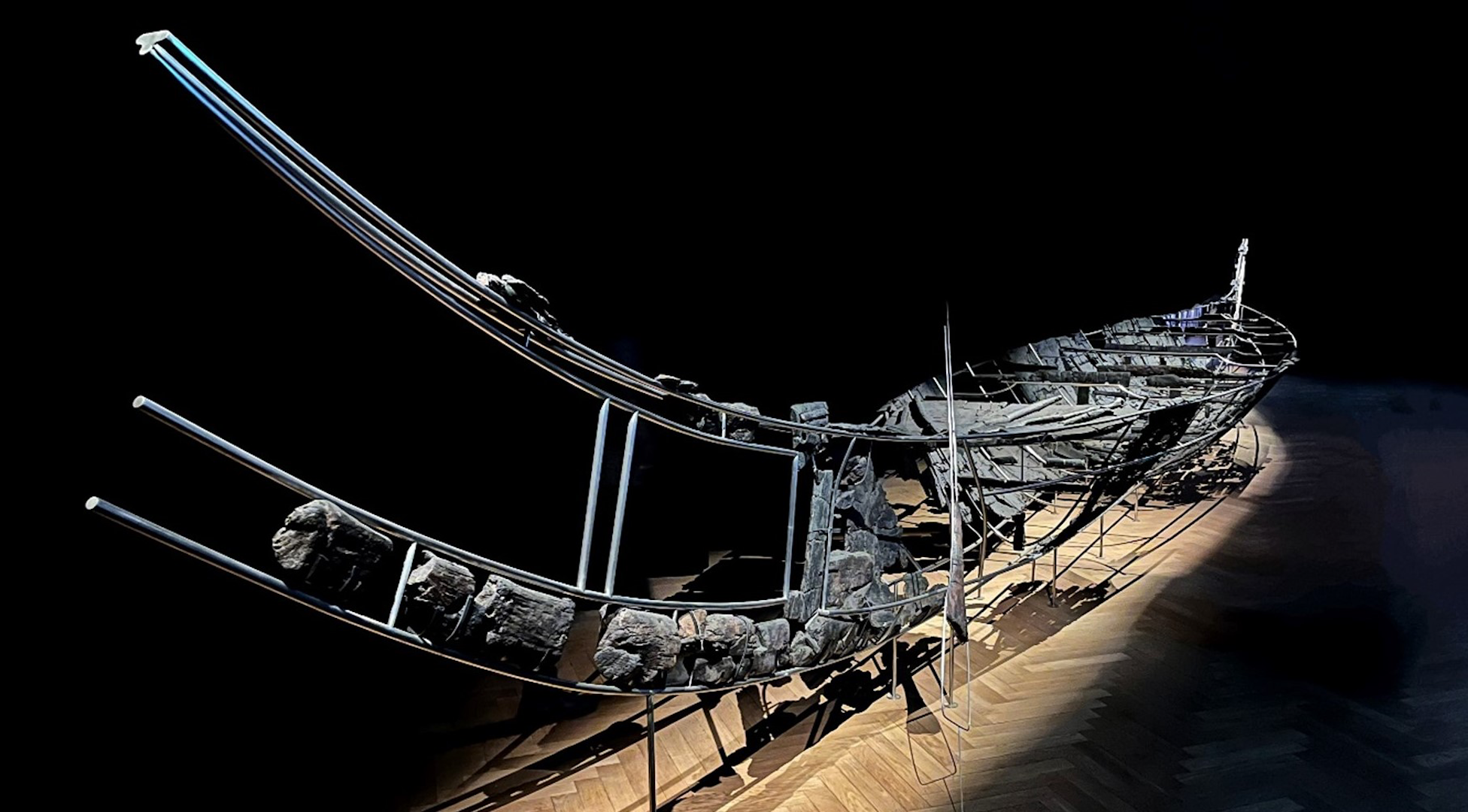'Longest' Fossilized Poop Drops at Auction House

A gallery in Beverly Hills, California, is hoping someone might be willing to spend $10,000 on a piece of crap.
A lumpy fossil — billed as possibly the longest known specimen of ancient excrement — will hit the auction block next week at the I.M. Chait Gallery.
Measuring "an eye-watering 40 inches [102 centimeters] in length," the so-called coprolite could be up to 33 million years old, according to the auctioneers, who estimate that the fossilized specimen could fetch between $8,000 and $10,000.
"It boasts" — if a coprolite can boast of anything — "a wonderfully even, pale brown-yellow coloring and terrifically detailed texture to the heavily botryoidal surface across the whole of its immense length," the glowing description from the auction house reads. (A "botryoidal" surface is simply one with a lumpy texture. Tellingly, the word comes from the Greek word "botrys," meaning a bunch of grapes.)
The seller personally found and dug up the fossilized feces in 2012, on private land in Toledo, Washington, said Jake Chait, natural history director of I.M. Chait. Based on other finds from the area, auctioneers said the dung likely dates to the Miocene or Oligocene epochs.
"In the 12 years I've been selling natural history items, I've never seen anything close to this in terms of size," Chait told Live Science.
Chait and his colleagues said they don't know what kind of creature passed the impressive load, which has been separated into four pieces and mounted on black marble. ("If you shipped in one piece it would for sure break," Chait said.)
Get the world’s most fascinating discoveries delivered straight to your inbox.
The sale won't be the first time ancient poop has gone under the hammer. In 2008, Bonhams New York sold a 130-million-year old pile of dinosaur dung for nearly $1,000. Chait said he's sold much smaller coprolites for around $6,000.
"Oddly enough, I've sold quite a lot [of coprolites]," Chait said. "They have a tendency to bring a lot more money than I expect them to."
The natural history sale — which also includes saber-toothed cat skeletons, a mammoth tusk and gemstones — is scheduled to take place at the gallery on July 26 at 1 p.m. PDT (4 p.m. EDT).
Follow Megan Gannon on Twitter and Google+. Follow us @livescience, Facebook & Google+. Original article on Live Science.



